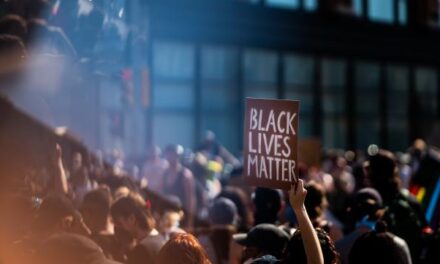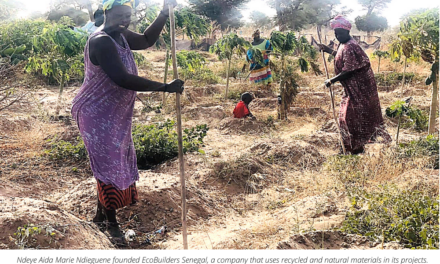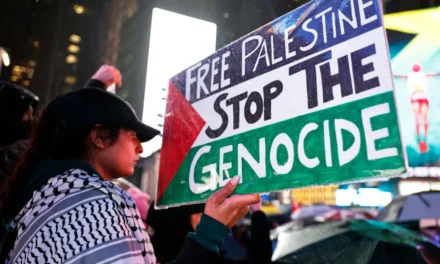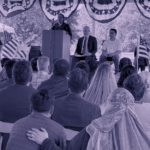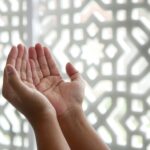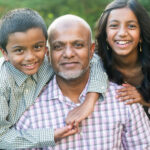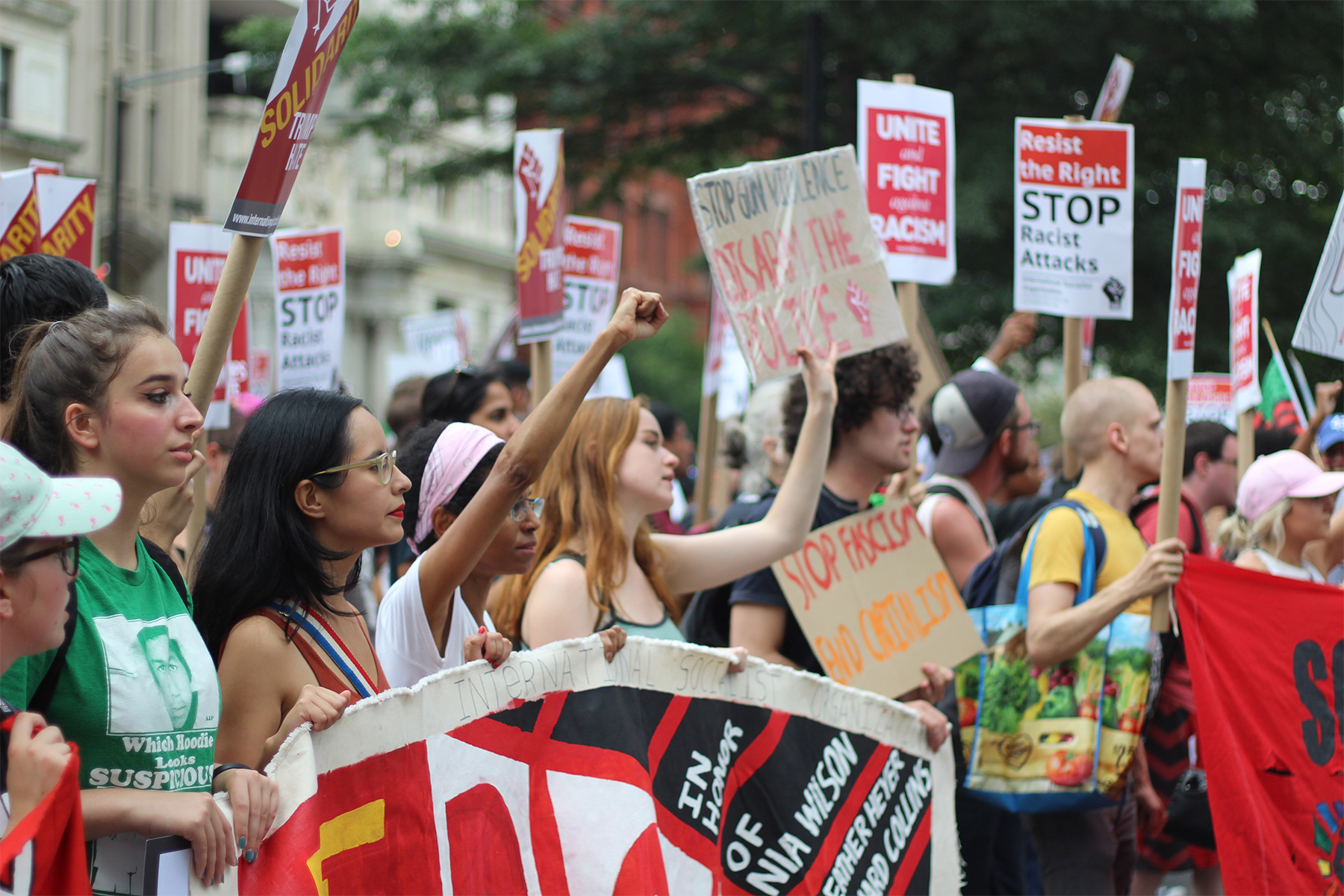
Hate in America has become commonplace. What can we do to stop the hate?
A presidential candidate wins election after denigrating Muslims, Latinos, women and people with disabilities. A young white man opens fire and kills nine African Americans who welcomed him into Bible study at a church in Charleston, South Carolina, telling his victims, “I have to do it.” A Muslim woman is seated on a bench in front of a coffee shop in Washington, D.C., when a woman begins screaming anti-Muslim epithets. A swastika and other anti-Semitic graffiti appear at an elementary school in Stapleton, Colorado. A lone gunman carrying an assault rifle and a handgun storms a well-known gay club in Orlando, Florida, killing 49 people and wounding 53 others.
Bias is a human condition, and American history is rife with prejudice against groups and individuals because of their race, religion, disability, sexual orientation, or other characteristics. As a nation, we’ve made a lot of progress, but stereotyping and unequal treatment persist.
When bias motivates an unlawful act, it is considered a hate crime. Most hate crimes are inspired by race and religion, but hate today wears many faces. Bias incidents (eruptions of hate where no crime is committed) also tear communities apart and can escalate into actual crimes.
Since 2010, law enforcement agencies have reported an average of about 6,000 hate crime incidents per year to the FBI. But government studies show that the real number is far higher — an estimated 260,000 per year. Many hate crimes never get reported, in large part because the victims are reluctant to go to the police. In addition, many law enforcement agencies are not fully trained to recognize or investigate hate crimes, and many simply do not collect or report hate crime data to the FBI.
The good news is, all over the country people are fighting hate, standing up to promote tolerance and inclusion. More often than not, when hate flares up, good people rise up against it — often in greater numbers and with stronger voices.
This guide sets out 10 principles for fighting hate in your community.
Do something. In the face of hatred, apathy will be interpreted as acceptance by the perpetrators, the public and — worse — the victims. Community members must take action; if we don’t, hate persists.
Reach out to allies from churches, schools, clubs, and other civic groups. Create a diverse coalition. Include children, police, and the media. Gather ideas from everyone, and get everyone involved.
Hate crime victims are especially vulnerable.
If you’re a victim, report every incident — in detail — and ask for help. If you learn about a hate crime victim in your community, show support. Let victims know you care. Surround them with comfort and protection.
Hate must be exposed and denounced. Help news organizations achieve balance and depth.
Do not debate hate group members in conflict-driven forums. Instead, speak up in ways that draw attention away from hate, toward unity.
An informed campaign improves its effectiveness. Determine if a hate group is involved, and research its symbols and agenda. Understand the difference between a hate crime and a bias incident.
Do not attend a hate rally.
Find another outlet for anger and frustration and for people’s desire to do something. Hold a unity rally or parade to draw media attention away from hate.
Elected officials and other community leaders can be important allies.
But some must overcome reluctance — and others, their own biases — before they’re able to take a stand.
The fight against hate needs community leaders willing to take an active role. The support of mayors, police chiefs, college presidents, school principals, local clergy, business leaders, and others can help your community address the root causes of hate and help turn bias incidents into experiences from which your community can learn and heal.
Promote acceptance and address bias before another hate crime can occur.
Expand your comfort zone by reaching out to people outside your own groups.
Hate usually doesn’t strike communities from some distant place. It often begins at home, brewing silently under the surface. It can grow out of divided communities — communities where residents feel powerless or voiceless, communities where differences cause fear instead of celebration.
Bias is learned early, often at home. Schools can offer lessons of tolerance and acceptance.
Host a diversity and inclusion day on campus. Reach out to young people who may be susceptible to hate group propaganda and prejudice.
Bias is learned in childhood. By age 3, children can be aware of racial differences and may have the perception that “white” is desirable. By age 12, they can hold stereotypes about ethnic, racial, and religious groups, or LGBT people. Because stereotypes underlie hate, and because almost half of all hate crimes are committed by young men under 20, tolerance education is critical.
Look inside yourself for biases and stereotypes.
Commit to disrupting hate and intolerance at home, at school, in the workplace, and in faith communities. Acceptance, fundamentally, is a personal decision. It comes from an attitude that is learnable and embraceable: a belief that every voice matters, that all people are valuable, that no one is “less than.”
You can read the full community resource guide by the Southern Poverty Law Center here.
Written by Southern Poverty Law Center as Ten Ways to Fight Hate: A Community Response Guide on SPLC.
